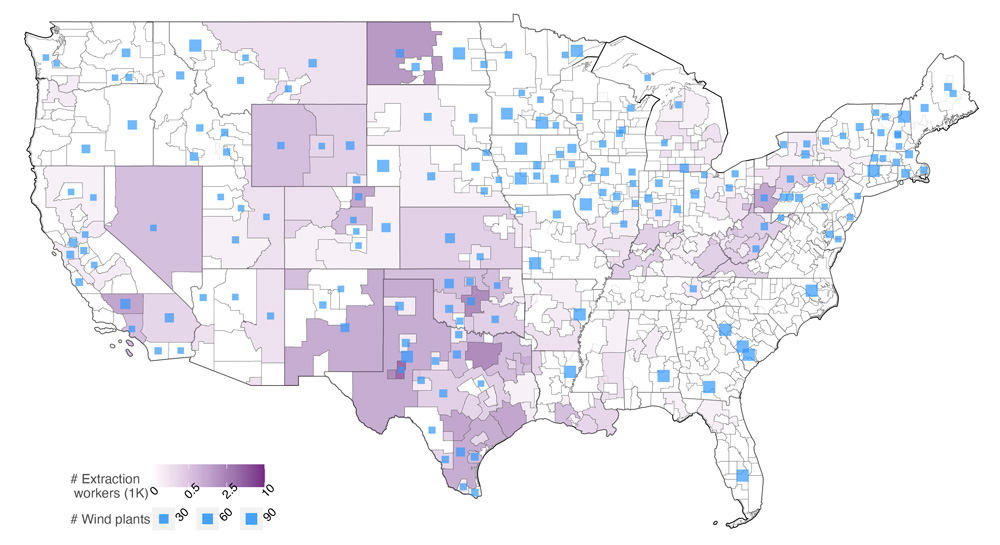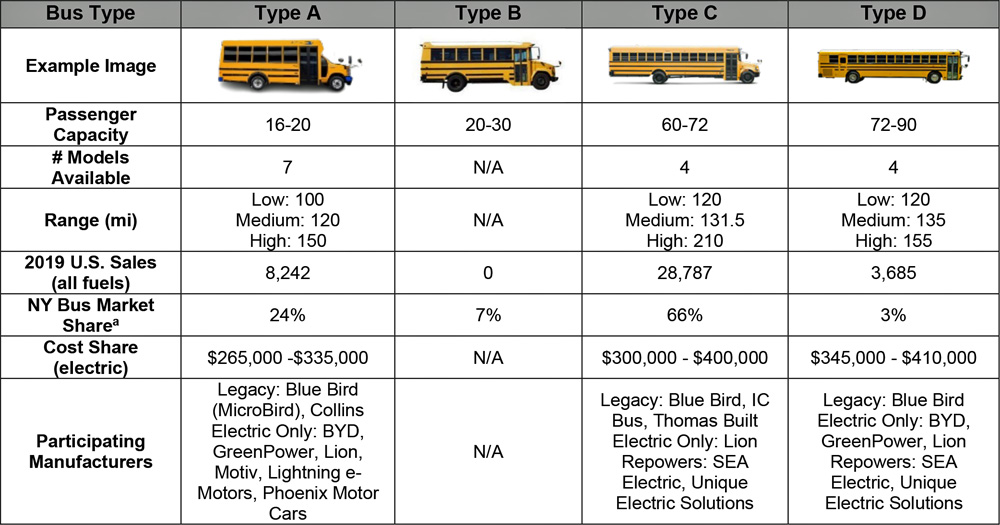Another New England offshore wind project has gone off the rails.
Avangrid on Monday announced an agreement with two Connecticut electric distribution companies to terminate power purchase agreements for its Park City Wind proposal (Conn. PURA 19-12-18).
The 804-MW wind farm is “unfinanceable” under the terms agreed on, because of subsequent sharp cost increases, the company said. It hopes to rebid Park City Wind at more favorable terms.
Park City was an important component of Connecticut’s emissions reduction/climate protection planning, and Gov. Ned Lamont (D) expressed disappointment in the turn of events. The move will likely delay the arrival of offshore wind in the state, and almost certainly increase its cost to ratepayers.
It also is the latest in a yearlong series of setbacks for offshore wind in southern New England.
With its steady winds, shallow waters, nearby customer base and deepwater ports, the region had a pioneering role in launching the industry in the U.S. Now it is feeling the blowback as the industry struggles with supply chain constraints and soaring costs.
Avangrid this year negotiated a similar exit from its PPAs in Massachusetts for the Commonwealth Wind project, again because the financial terms were untenable (Mass. DPU 22-70, 22-71, 22-72).
The Shell/Ocean Winds joint venture SouthCoast Wind bailed out of its Massachusetts PPAs for the same reason; state regulators approved the termination agreement Friday (Mass. DPU 20-16, 20-17, 20-18).
Rhode Island’s most recent offshore wind solicitation drew just one bid — the Revolution Wind 2 proposal by Ørsted — and it was rejected as too expensive.
Ørsted still has not made a final investment decision on Revolution Wind 1, although it obtained federal approval for construction and operations in late August. The company is looking for incentives to improve the financials.
Massachusetts utility Eversource Energy is in the late stages of exiting the partnership with Ørsted that has resulted in multiple wind power proposals off the New York and New England coastlines.
Even the two bright spots in New England waters — construction starting this year on the nation’s first two utility-scale offshore wind projects — have not been without hiccups. WBUR reported Monday that Vineyard Wind is behind schedule because of a spate of rough seas and foul weather. Newsday reported Tuesday that South Fork Wind’s schedule is in flux because of issues with availability of a ship needed to complete the work.
New York and New Jersey offshore wind projects are struggling with the same headwinds as these New England projects, but none has progressed beyond threats of cancellations.
Park City Wind
Park City Wind’s exit erases much of Connecticut’s offshore wind pipeline — only 304 MW from Revolution Wind 1 remains.
Connecticut Department of Energy and Environmental Protection Commissioner Katie Dykes told NetZero Insider on Tuesday that Avangrid’s exit was an unwelcome development.
“Over the last several months, DEEP engaged Avangrid, and industry experts, to understand concerns about the economics of Park City Wind and the significant near-term challenges facing offshore wind projects in general,” she said via email. “We hoped to hear proposed solutions to enable the Park City Wind project to move forward while protecting Connecticut’s ratepayers and respecting our state’s commitment, embodied in statute, to conduct competitive procurements. Unfortunately, these discussions failed to materialize in a proposal that met these goals. DEEP is working with the state’s utilities to ensure that bidders into future solicitations — including our upcoming solicitation for offshore wind — are able to deliver completed projects at the prices they offer and face steeper penalties if they do not.”
Charles Rothenberger, climate and energy attorney for environmental advocacy group Save The Sound, said the financial pressures on wind power developers are real. The goal now is to preserve a viable offshore wind program without transferring too much of those pressures to utility ratepayers.
“Given the really substantial financial commitments these companies already have made … what it tells me is this was not simple gamesmanship on the part of the industry, if anybody thought that,” he told NetZero Insider.
Rothenberger added that the inflation adjustment mechanism included in the next solicitation should go both ways and require developers to refinance at a lower cost when interest rates decrease.
Avangrid addressed the situation in a statement Monday.
“One year ago, Avangrid was the first offshore wind developer in the United States to make public the unprecedented economic headwinds facing the industry, including record inflation, supply chain disruptions and sharp interest rate hikes, the aggregate impact of which rendered the Park City Wind project unfinanceable under its existing contracts.”
The company said it, stakeholders, and state and federal officials were unable to find common ground to preserve the PPAs.
Park City Wind LLC’s termination agreements with Eversource and United Illuminating Co. call for a combined $16.08 million in payments to the two utilities. That is substantially less than the termination penalties negotiated by SouthCoast ($60 million) and Commonwealth ($48 million) in Massachusetts.
Other Developments
In this challenging financial environment, offshore wind development in New England continues.
South Fork and Vineyard have said they plan to generate their first power this year.
Connecticut is preparing to issue a request for proposals for up to 1,196 MW of offshore wind — potentially larger than Park City, but not vastly larger. The solicitation had been scheduled tentatively for September.
The developers of SouthCoast and Commonwealth plan to bid into the latest (and largest) Massachusetts offshore wind solicitation, announced in August. As it ranks the bids on a points-based system, the state may penalize the two companies for bailing out on their previous agreements.
The Environmental Protection Agency issued its final preconstruction permit to Revolution Wind 1 on Thursday.
Rhode Island issued a Strategic Plan for Offshore Wind Jobs & Investment. Numerous offshore wind lease areas are clustered south of the Ocean State; state and business leaders hope to establish Rhode Island as an onshore hub for the offshore industry as it grows.
Rhode Island is taking another swing at drawing electricity from the industry as well. Gov. Dan McKee last week announced that the state’s largest electric utility, Rhode Island Energy, will issue a request for proposals this month for up to 1,200 MW of offshore wind capacity.
Each person quoted in the announcement stressed the word “affordability” — the issue that torpedoed the previous offshore wind solicitation.
“Rhode Island has big clean energy aspirations, and Rhode Island Energy is committed to helping achieve them,” said utility President Dave Bonenberger. “This new procurement can help advance the state’s clean energy goals and support achievement of Rhode Island’s emissions-reduction targets. We look forward to seeing how offshore wind developers can balance those goals with affordability and wider economic benefits for the state.”

